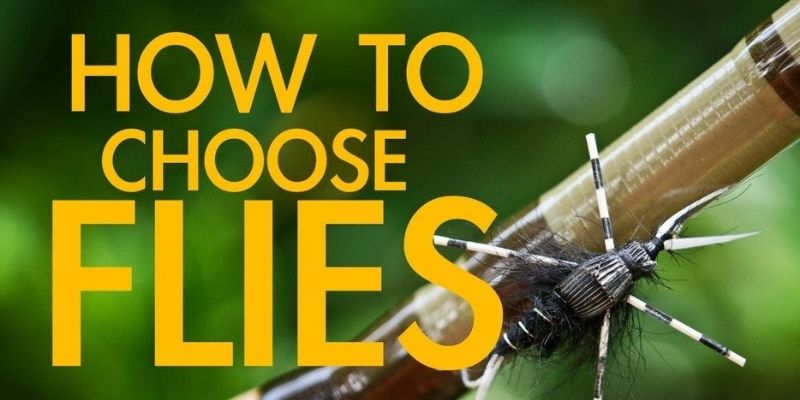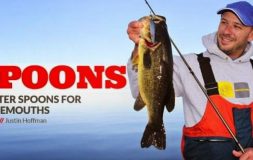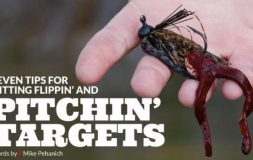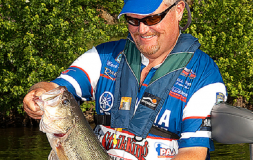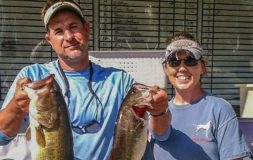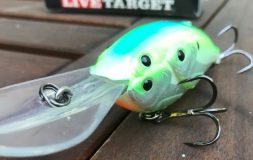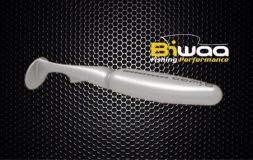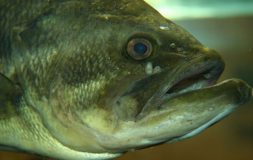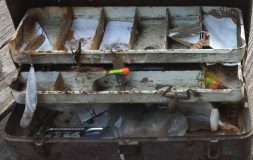How to choose flies
Written by Colton Orbaker
Conditions are always changing on the water and it always seems nearly impossible to pick the perfect fly for the job. I actually use a simple 3 step process to pick mine. There are typically three considerations I make when distinguishing which flies I reach for in my boxes.
The first factor when analyzing a dry fly hatch is the general shape of the flies on the water. If you are sure trout are targeting surface flies, then categorizing the insects is a great place to start. In typical scenarios, three potential flies are present; mayflies, caddisflies, and stoneflies.
Mayflies will generally appear high riding in the current with sailboat-like wings that point to the sky. Caddisflies possess wings that lay flat against their bodies. Stoneflies are typically larger and will have two distinct tails that jut from their flat lying wings.
Understanding which group of flies the hatch belongs to is essential to understanding where to begin before further limiting your imitation selection by general shape. The next step after selecting which shape you need, is to select the appropriate size fly required. This does not need to be an exact science, but the closer you are to imitating the natural size of the insects hatching, the more likely you may deceive a tricky trout.
The general size is a great place to start, but in large hatches, sometimes variety proves essential. In some cases, when matching the hatch perfectly, the volume of flies passing the target fish doesn’t place your imitation as high priority. In this case, increasing or decreasing the size of the fly will give the fish a different perspective towards your fur and feathers, increasing your odds.
After selecting the shape and size appropriate in matching the naturals swarming around you, the last factor in matching the hatch, is the shade of the fly. The term shade, in this case refers to the overall color scheme of the fly. This again, does not need to be exact. If the naturals are tan, then choose a tan pattern. If the naturals are black, then choose a dark pattern. This, coupled with the other two prerequisite factors discussed prior will generally deliver on most streams.
Fishing is often a science, but one does not need to be an entomologist to find success fooling trout. By following these simple steps, you may hook into the fish of a lifetime or maybe your first ever trout on a fly. Tight lines.


